
Pierre René Lacôte (1785-1871) was arguably the greatest maker of guitars in the first half of the nineteenth century. He inspired a generation of luthiers and his Paris workshop produced some of the finest instruments played by the leading virtuosos of the day, including Fernando Sor, Ferdinando Carulli, Matteo Carcassi, and Dionisio Aguado.
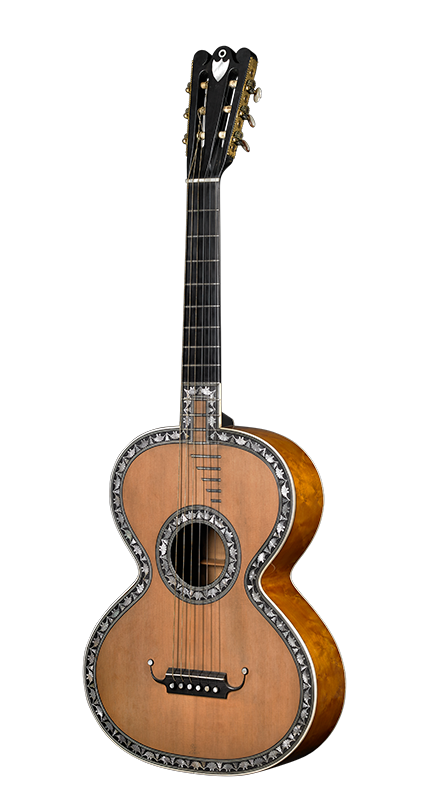
César Pons, working with two of his eight sons, Louis-David & Antoine, established one of the foremost musical instrument-making workshops in France during the first half of the nineteenth century. Together they produced many of the finest guitars and lyre-guitars for the nobility and leading virtuosos of the day. While chiefly Paris-based, they also worked […]

Yet a third guitar from the estate of Giulia King-Church (née Pelzer) finds a home in the Austin-Marie Collection. The c. 1871 Mareschal Mathieu guitar [1] was owned by Giulia’s celebrated sister, Madame Sidney Pratten, while the c. 1831 guitar attributed to Joseph Gerard [2] belonged to Giulia’s father, Ferdinand Pelzer. Similarly, the c. 1827 […]

Nicolas Simoutre (1788–1869) was born in Mirecourt in northeastern France. He studied in Paris under the famed violin maker Nicolas Lupot, known as the “French Stradivari.” He returned to his hometown of Mirecourt in 1817 to establish his own atelier. As his son, the successful violin maker Nicolas Eugene Simoutre would later write, his father […]

The five-course guitar was played in Europe throughout the eighteenth and nineteenth centuries, but by the 1780s, it fell into decline giving way to the six single-string instrument.

The numerous methods for five-course guitar published in France between 1761 and 1791 coupled with the iconography of the period, suggest that the five-course guitar was still very popular toward the end of the eighteenth century even as single stringed guitars were coming into vogue. Although many composers were beginning to recommend single strings, it […]

The guitar in the seventeenth century was commonly employed in the accompaniment of song and dance using the rasgueado technique associated today with strumming in flamenco music. Although the term “flamenco guitar” is fairly new, elements of this emerging genre are evident in the eighteenth century particularly in the works of Santiago de Murcia (1673–1739). […]

The closing years of the sixteenth century bore witness to a decline in popularity of the four-course Renaissance guitar ushering in a period which saw the guitar fall out of fashion. Cyclical highs and lows have defined the instrument’s long history, driven by the vagaries of ever-changing musical tastes. The second quarter of the seventeenth […]

During the Spring of 1862, the French composer Charles Gounod was on holiday in Northern Italy when on the evening of April 24th, he wandered alone by the picturesque shores of Lake Nemi. He was attracted by the sound of gentle music floating in the air off in the distance, and looking in the direction […]
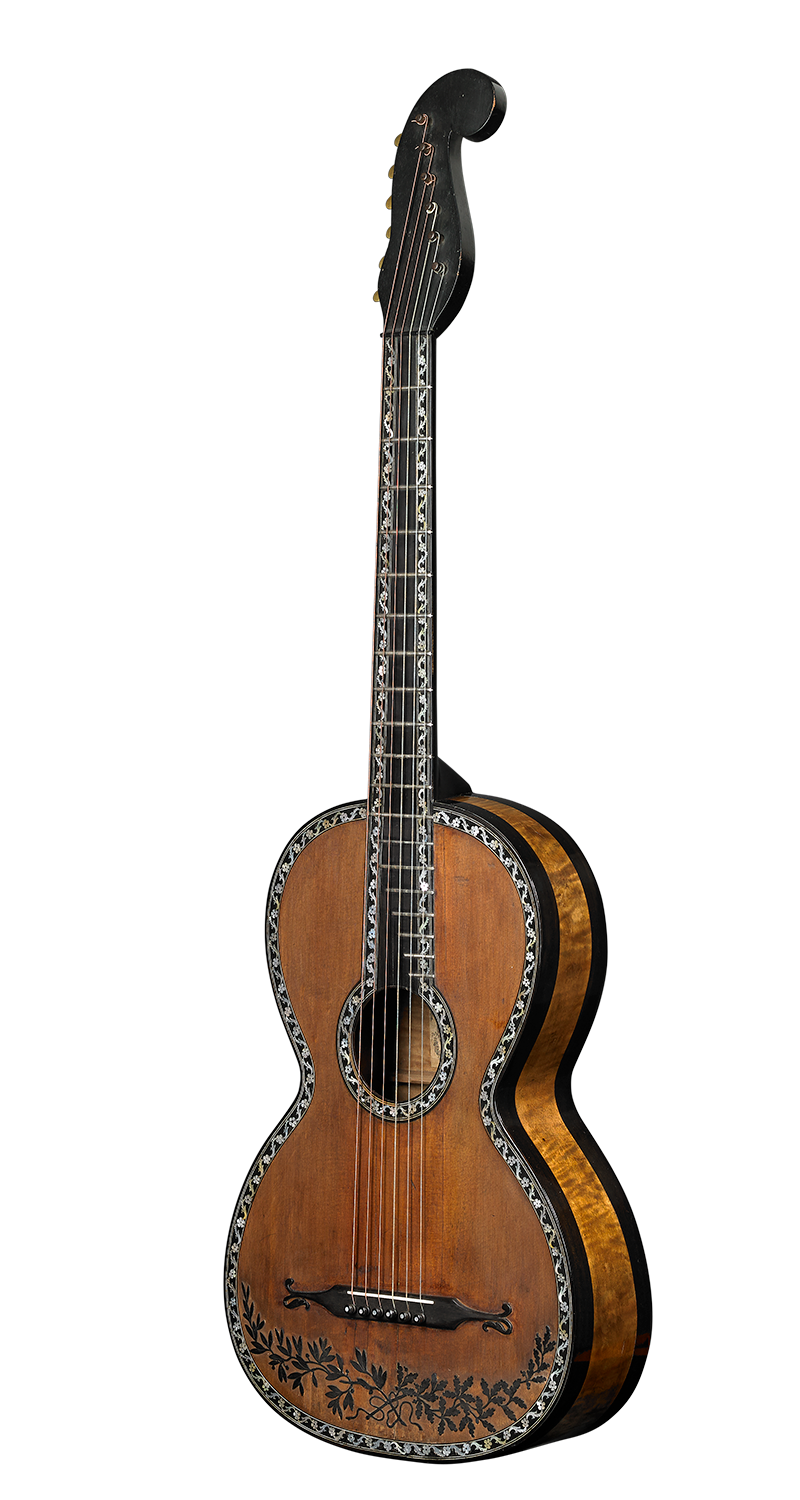
Gennaro Fabricatore II of Naples worked with his father, Gennaro I, building fine guitars in the first half of the nineteenth century. He was also the grandnephew of the renowned luthier Giovanni Battista Fabricatore, credited with building some of the earliest six single-string guitars.
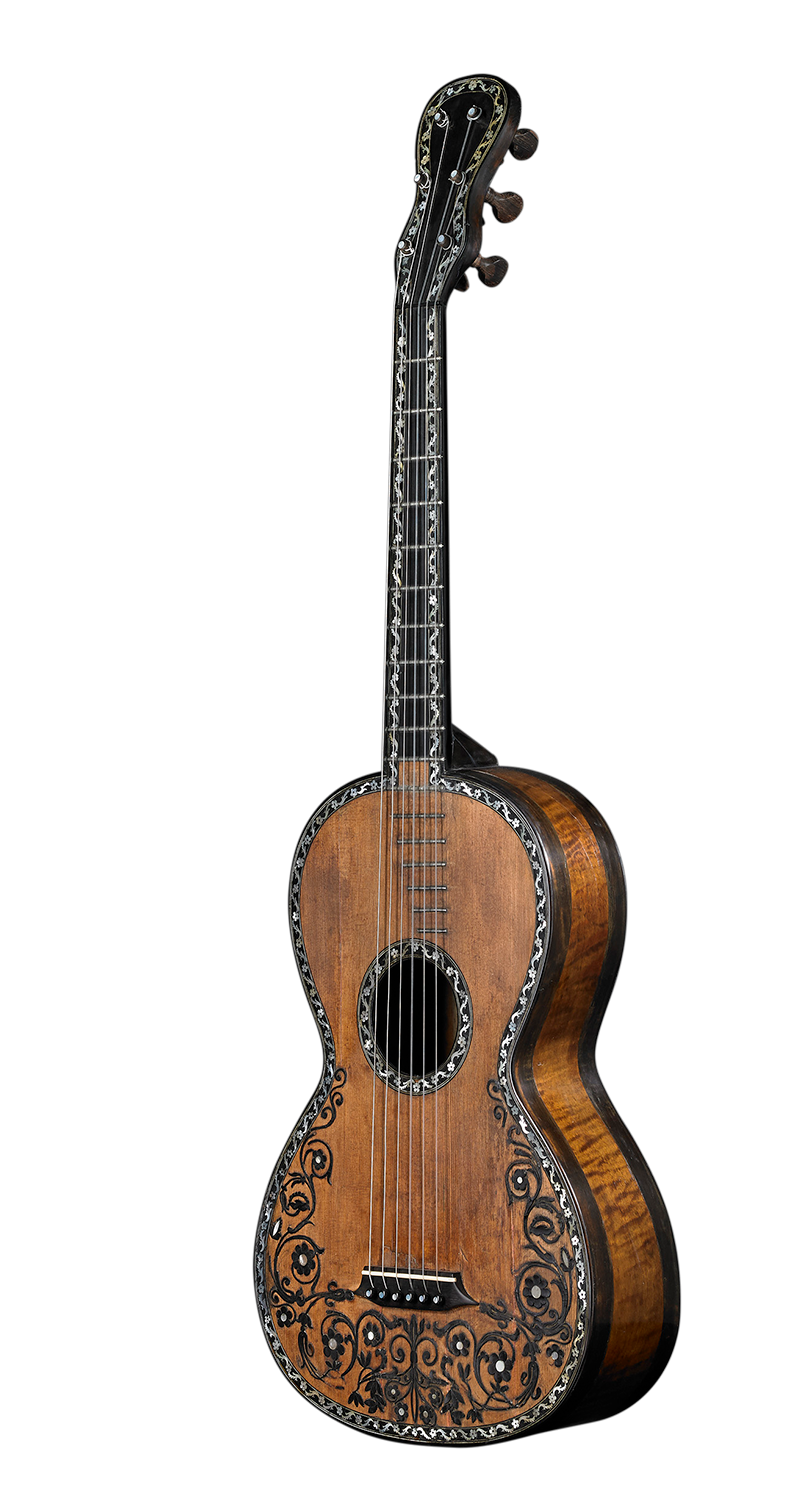
Gennaro Fabricatore II (1800–1853) was the son of the violin and guitar maker Gennaro Fabricatore I, and the grandnephew of the pioneering luthier Giovanni Battista Fabricatore, credited with crafting the first six single-string guitars in the latter part of the eighteenth century. Gennaro II made violins and cellos but like most members of the Fabricatore […]
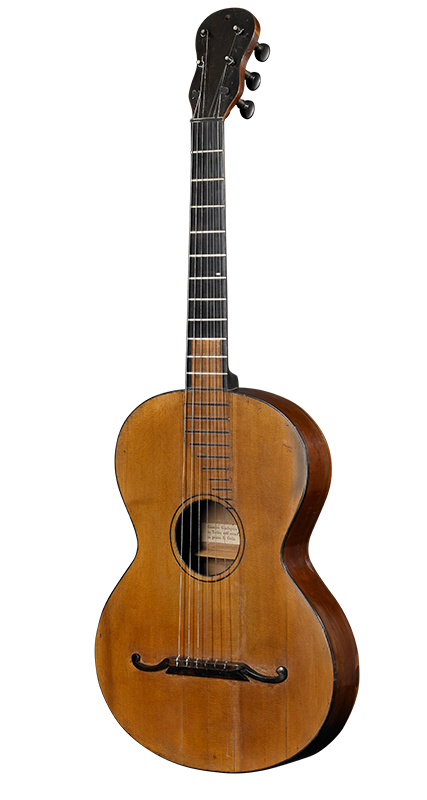
The Guadagninis of Turin were most famous for their violins. The most notable among them, Giovanni Batista Guadagnini, is considered to be one of the greatest violin makers of all time.

There were two Gennaro Fabricatores, father and son, making guitars in Naples during the first half of the century: Gennaro I (c.1770–1844) and Gennaro II (1800–1853). From the address on the label of the 1813 Gennaro Fabricatore guitar in the Austin-Marie Collection, we can conclude this guitar was made by the elder of the two, […]

The Guadagninis of Turin were principally famous for their violins. The most notable among them, Giovanni Battista Guadagnini, sits in the pantheon of the great violin makers with Amati, Stradivari and Guarneri del Gesù.

The ornate 1796 Giovanni Battista Fabricatore guitar in the Austin-Marie Collection is an example of one of Fabricatore’s more expensive models. It closely resembles the 1795 Fabricatore guitar displayed in the Museo degli Strumenti Musicali in Milan.
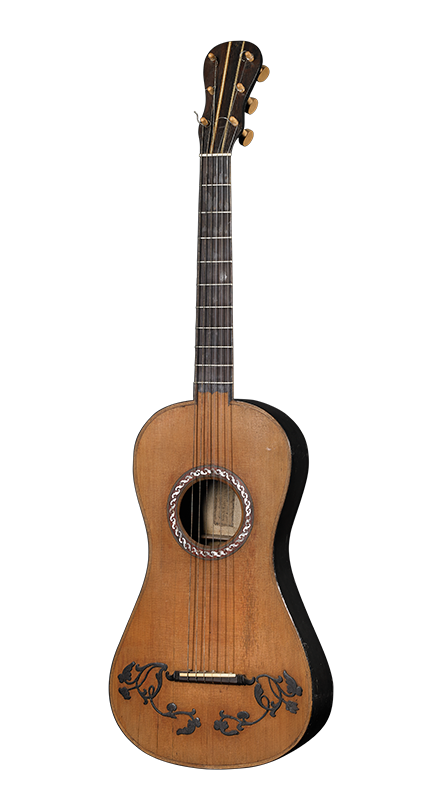
Giovanni Battista Fabricatore of Naples (c. 1750–1812) was the patriarch of four generations of luthiers who manufactured violins and guitars from the late eighteenth through mid-nineteenthcenturies. As a pioneer in the development of the six single-string guitar, Fabricatore created instruments with distinctive design elements.
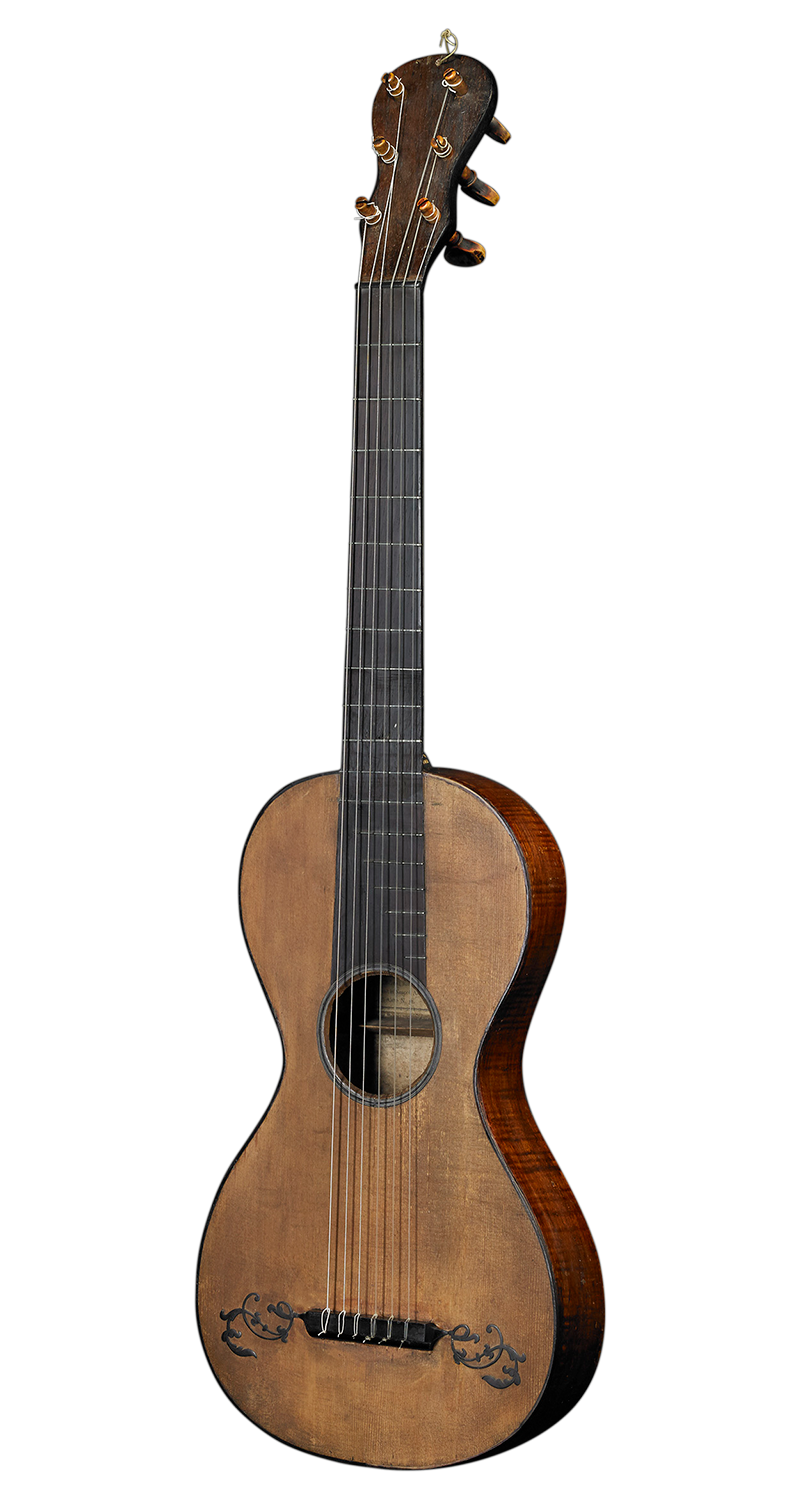
During the latter half of the eighteenth century many players began abandoning double courses in favor of single strings familiar to the modern instrument. To judge by contemporary reports, this was principally done for practical reasons, including the relative ease with which an instrument of single strings could be tuned and the strings engaged by […]

The latter half of the eighteenth century witnessed the guitar in transition. The five-course configuration that had been the standard for over a century and a half, slowly gave way to single strings. The surge of evolutionary change underway saw five-course guitars, five single-string guitars, six single-string guitars, and six-course guitars (Spain) all in use […]

The closing years of the sixteenth century saw the first music written for the five-course guitar, initially involving a simple strumming technique used for accompanying other musicians. Because of its simplicity, many people were drawn to the guitar in contrast to its contemporary – the Baroque lute – which had evolved into an 11-course instrument […]
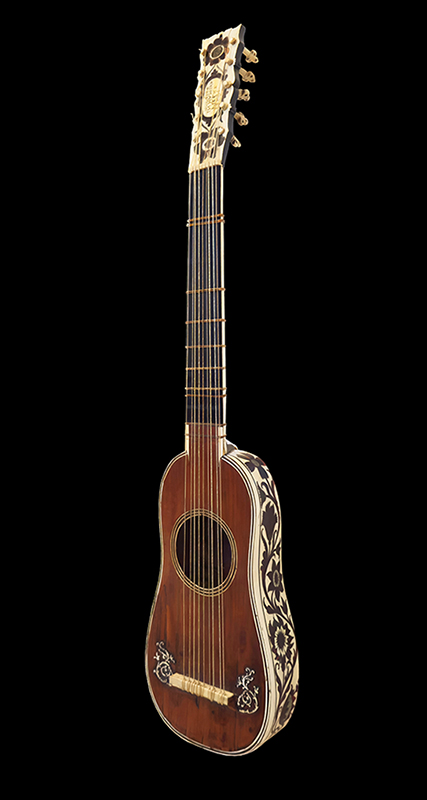
Joachim Tielke (1641–1719) of Hamburg is universally recognized as one of the four leading guitar makers of the seventeenth and early eighteenth centuries, standing alongside Sellas of Venice, the Voboams of Paris, and Stradivari of Cremona. In addition to guitars (25 extant), his output included violins, lutes, theorbos, viola d’amores, viola da gambas, zithers, pochettes, […]

The diminutive c. 1640 five-course guitar in the Austin-Marie Collection is a descendant of the four-course guitar popularized during the Renaissance. (Courses are generally paired strings positioned in close proximity, similar to a modern 12-string guitar.) A fifth course was added to the guitar in the mid-sixteenth century, and by the dawn of the Baroque […]





















